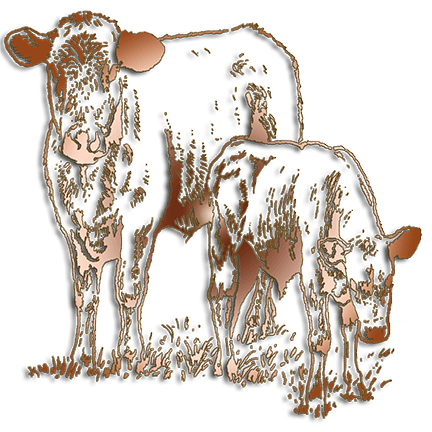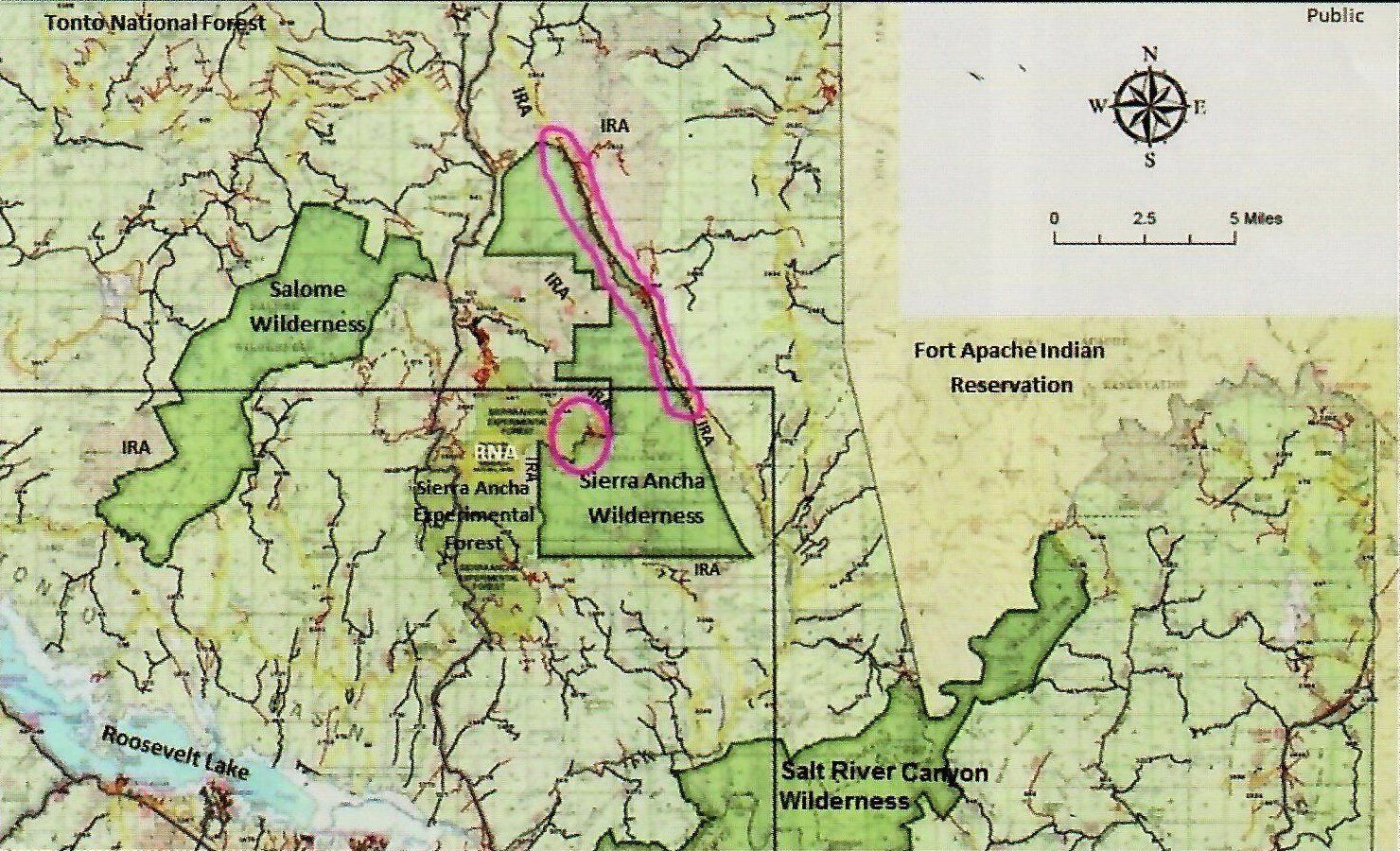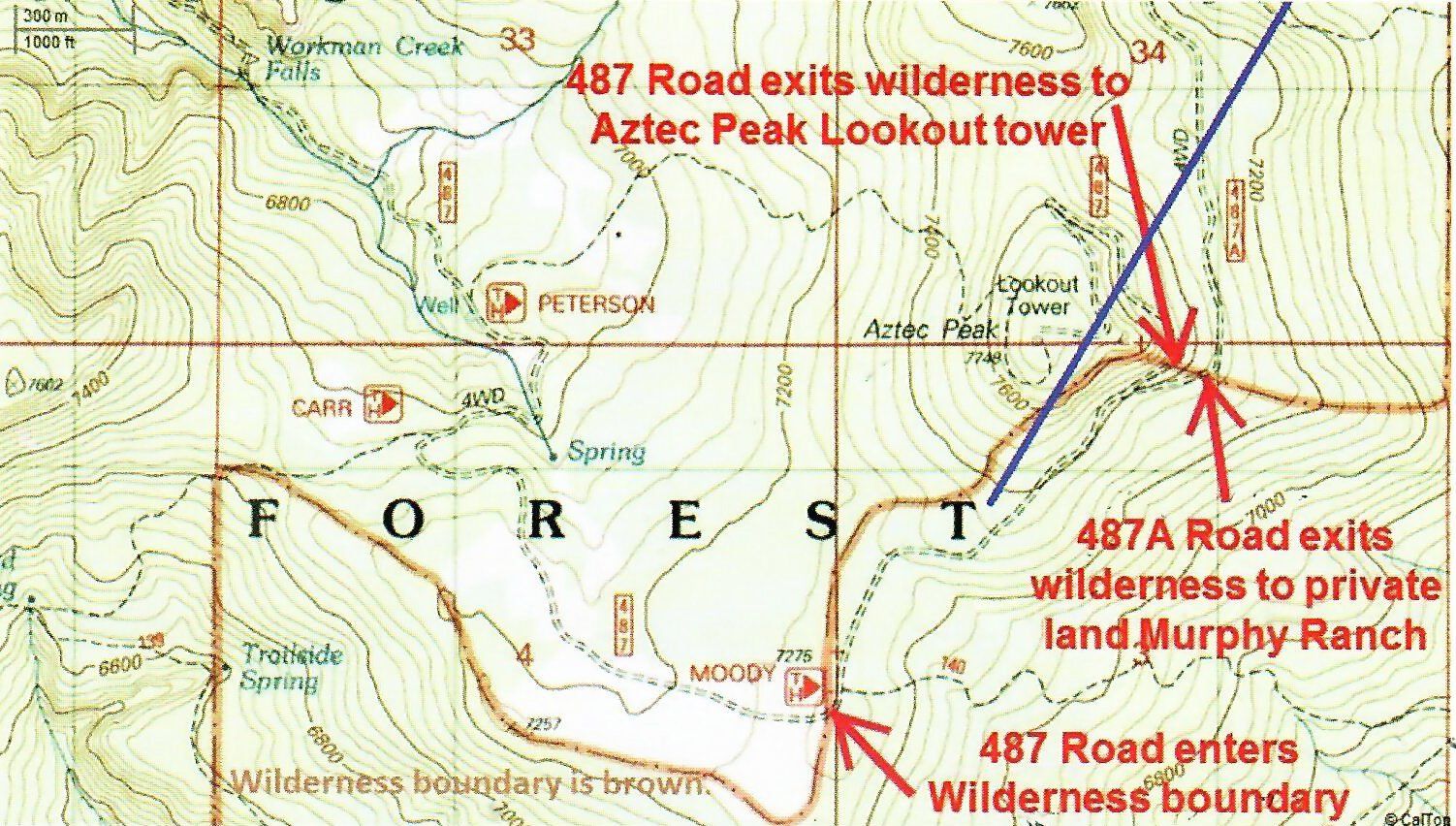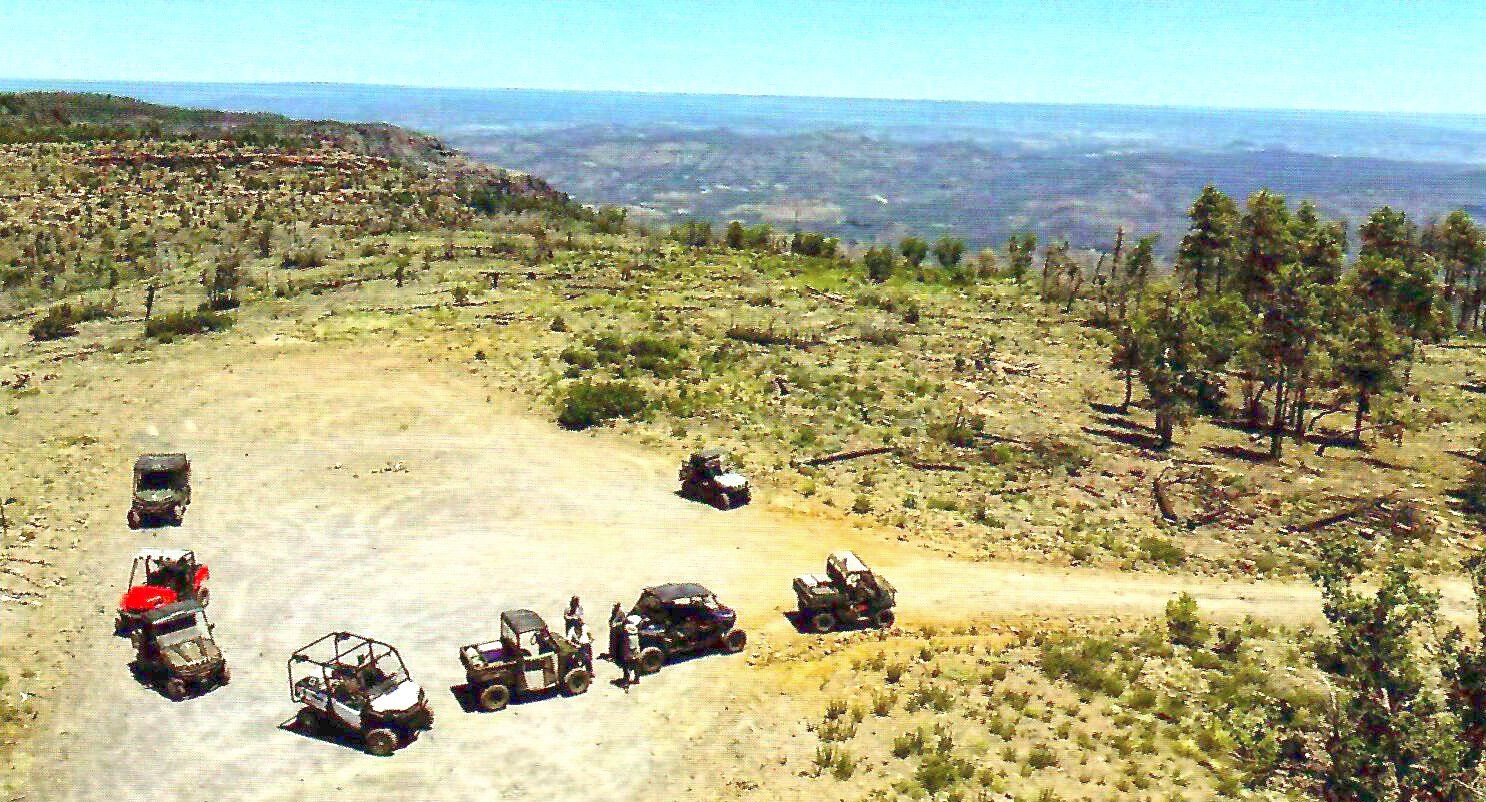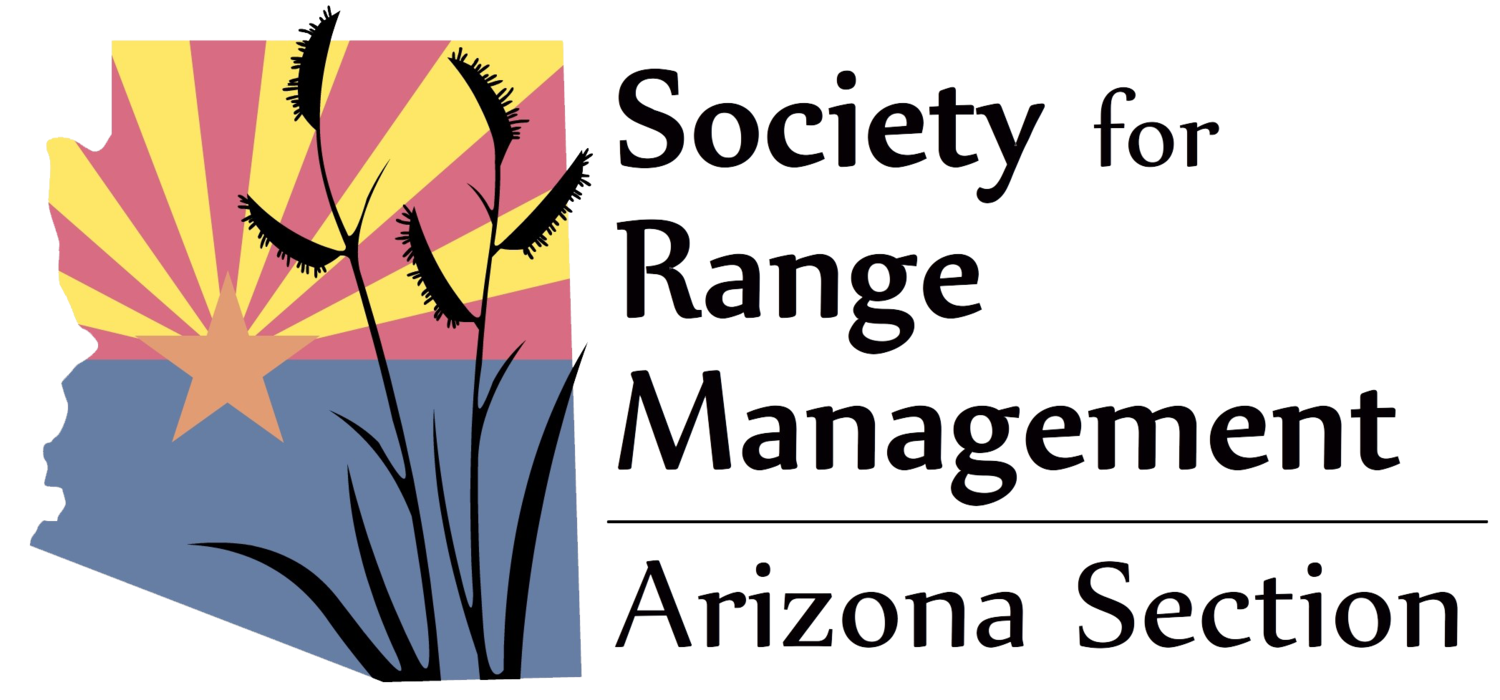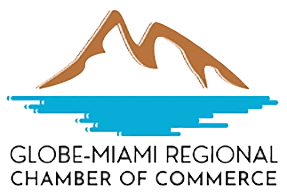Forest Road 203/Cherry Creek Road: A 10.05-mile section of Forest Road 203 is slated to be decommissioned through the current Travel Management Planning (TMP) process because the road meanders in and out of the Sierra Ancha Wilderness (SAW) within this section. Also, when the SAW was designated in 1964, there was no language specifying that Forest Road 203 remain a motorized access system road. However, it has been managed as an open motorized road since at least the 1950s, with continuous use since that time. Additionally, the road was improved and maintained in the 1950s by the Atomic Energy Commission. In addition to the 203, a small section of Forest Road 487/Workman Creek Road is slated for closure to the general public.
The Tonto National Forest TMP states when the 10.05-mile section is no longer within the wilderness boundary or as otherwise authorized by Congressional action, it will be opened and designated as a full-sized motorized trail. However, until such time, this section is designated as decommissioned. This is critical, as Forest Road 203 provides the only motorized roadway access to many historic privately owned occupied homesteads, entering the area from Hwy 288 a few miles from the Salt River Diversion Dam and north at Board Tree Saddle. Closure of the 10.05-mile section would remove access for public motorized travel by the thousands of visitors seeking to explore the east side of the Sierra Ancha Wilderness and its many Indian ruins and the surrounding area, such as hunters, hikers, researchers, Jeep clubs, OHV enthusiasts, and families who live in Young and Globe and nearby communities. It is vital the entire length of the 203 RD remain open and maintained for the safety and access of people who are a part of the day to day activities, recreation, and management that occurs on the surrounding Forest and the private inholdings. Importantly, this includes Livestock Grazing Permittees management of the Center Mountain, Flying V and H, and Cherry Creek allotments; Miners; Forest management officers; Wildland firefighters; Law enforcement; and Search and Rescue operations. The permitted uses and recreational use of the SAW and surrounding areas are critical to our local economies, therefore motorized roadway access, such as what the entire Forest Road 203 provides, is vital.
Rep. Gosar has urged Gila County to fight any proposed wilderness expansion. Carolyn Eppler has compiled supporting information, and has written letters on behalf of our directly affected association members, and continues to meet with Senator Flake and Congressman Gosar’s staff regarding this issue. She has also hosted a volunteer group of concerned leaders from several organizations on a tour of Forest Road 203, Forest Road 487, and the surrounding area. Participants represented leadership from Senator Flake’s office, the Arizona Game and Fish Department, community members of the town of Young and Globe, Gila County Supervisors, Gila County Sheriff’s Department, Gila County Search and Rescue, Gila County Mounted and Reserve Posse, Gila County Cattle Growers, Arizona Sportsmen for Wildlife Conservation, Yellowhorn Outfitters, the Wilderness Society, and Tonto National Forest. Chuck Podolak and Buchanan Davis of Senator Flake’s staff have provided direct executive support and participated in the group efforts. Penny Pew of Congressman Gosar’s staff has also provided executive support to the group. The Arizona Game and Fish Department proposed a one-to-one acreage exchange to pull the sections of Forest Road 203 and 487 out of the wilderness. Members of the group proposed three areas on the west and north side of the wilderness as potential acreage to add to make up for acres removed to keep the 203 and 487 open. Two representatives from the Wilderness Society have expressed a possible need for at least a 1:4 acreage exchange to satisfy their constituents. The collaborative group is still in the process of negotiating the acreage needed to reserve the sections of Forest Road 203 and 487 planned for closure, as motorized roadways, pulling them out of the wilderness. Alternatives are being considered for submission to U.S. legislators to create a change in the law to ensure continued motorized public access on all of Forest Road 203 and 487. A motion was passed to send the GCCGA policy to Lewis and Clark University law department for review in our battle over the 203 Road.
